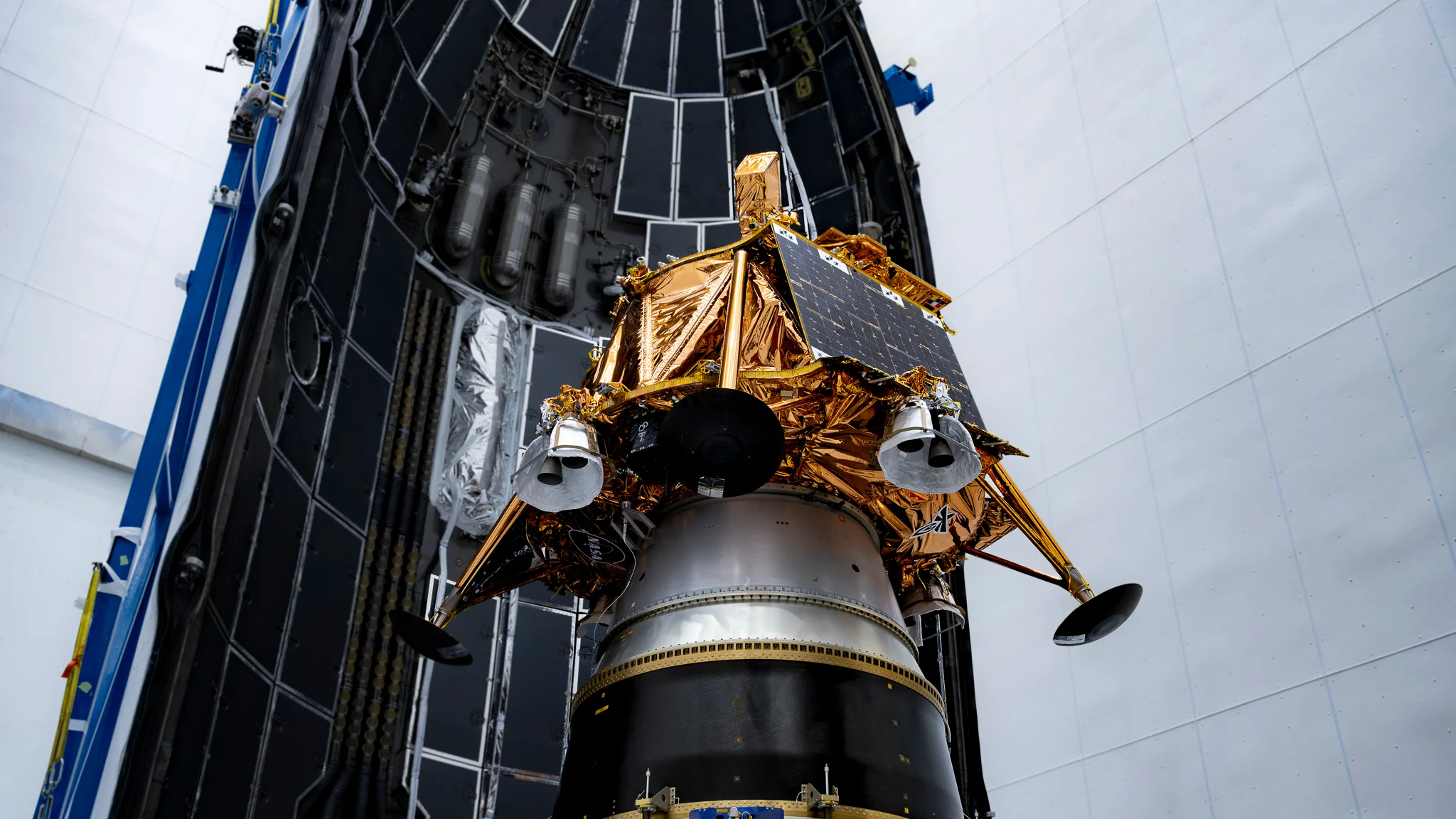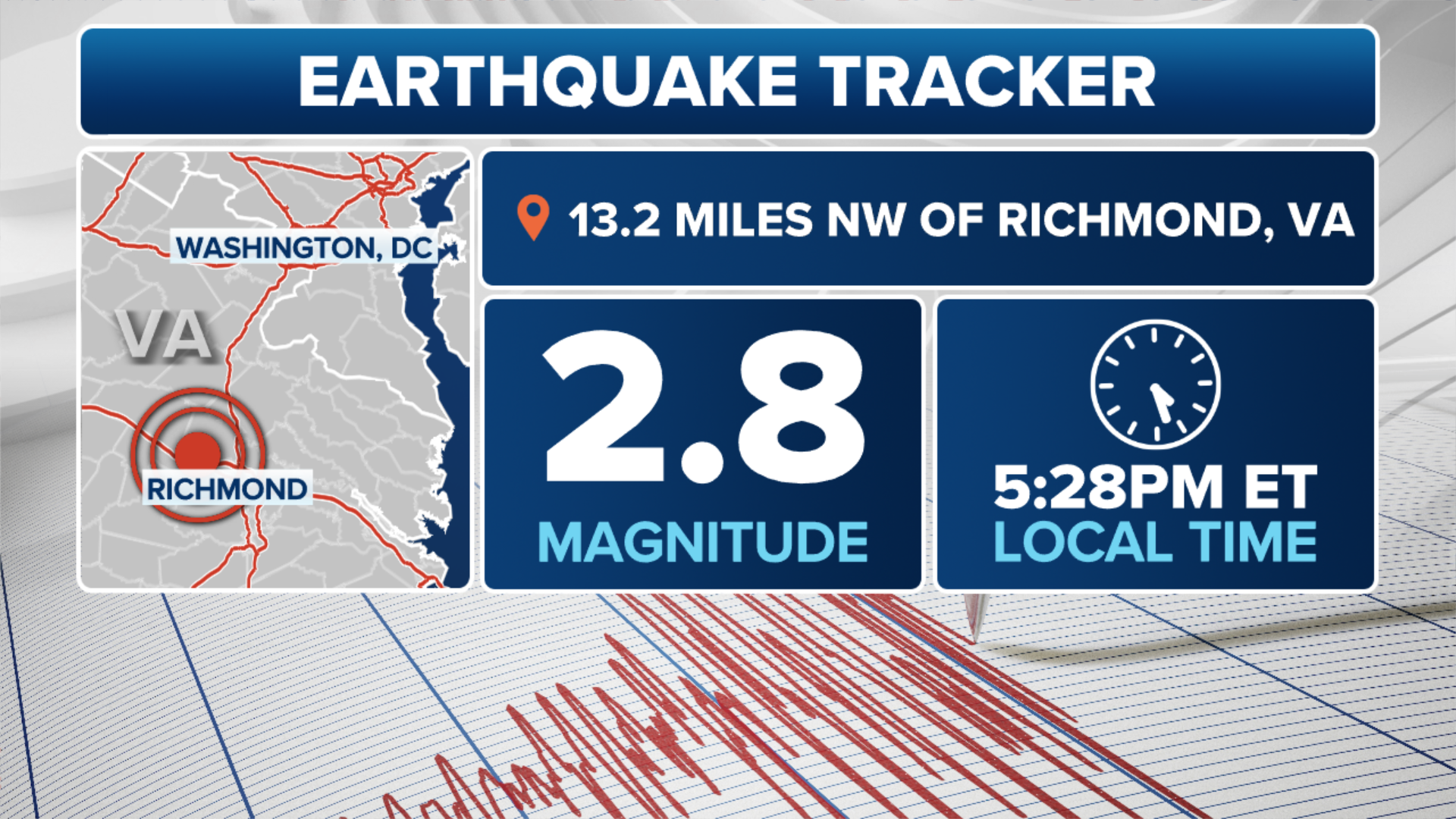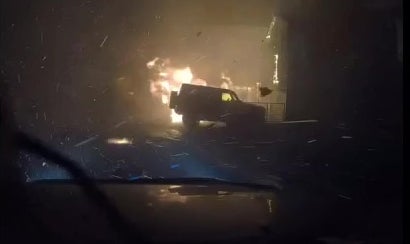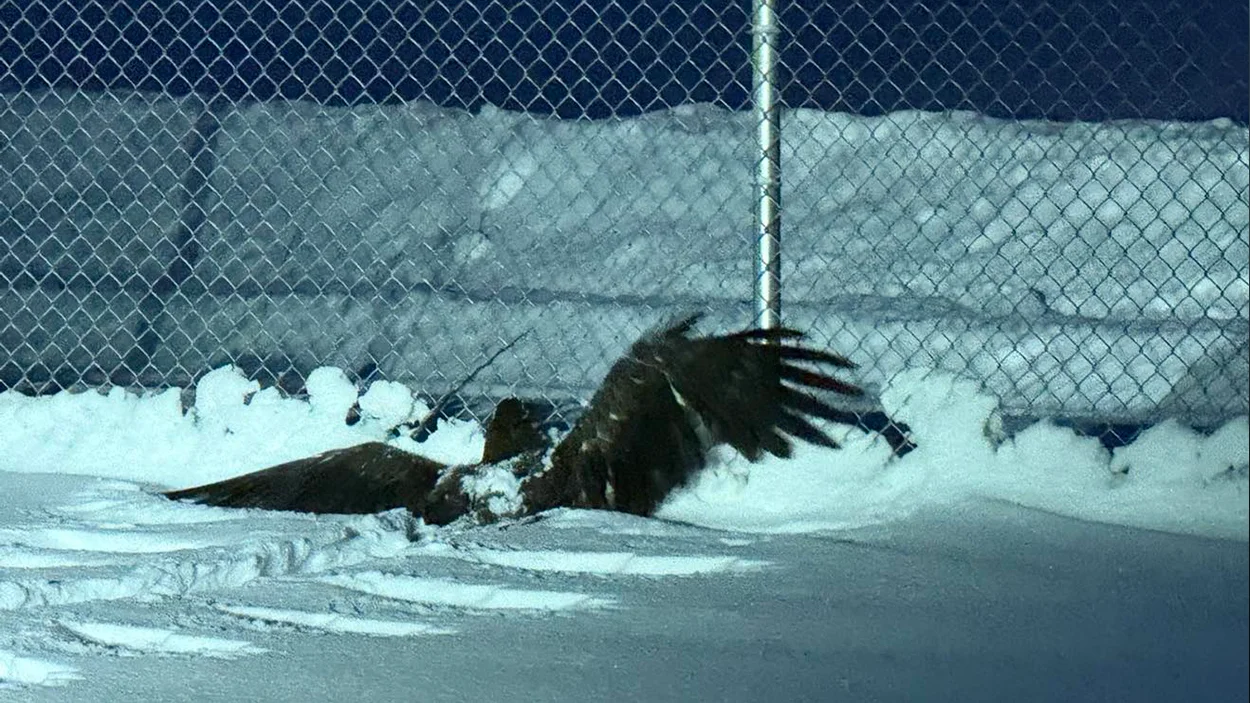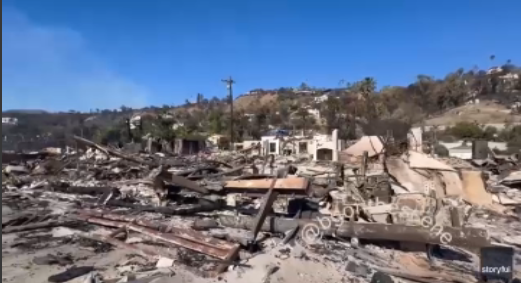KENNEDY SPACE CENTER, Fla. – Firefly Aerospace hopes to share beautiful images from the Moon with the world if it can successfully make its first landing attempt on the lunar surface, all while bringing a slew of NASA payloads to Earth’s nearest neighbor.Texas-based Firefly Aerospace is the third company to fly NASA payloads under the agency’s Commercial Lunar Payload Services (CLPS) program. Instead of sending NASA landers, the space agency is paying private companies to send their payloads to the Moon to prepare for the next human Moon landing in 2027. SpaceX is targeting 1:11 a.m. ET on Wednesday to launch Firefly’s Blue Ghost Mission-1 lander from Launch Complex 39A at NASA’s Kennedy Space Center in Florida. NASA’s online broadcast of the launch begins at 12:30 a.m.Firefly CEO Jason Kim started leading the company in October 2024 and told FOX Weather he’s been looking at the Moon a lot lately.”I’m starting to look at the Moon in a different way because of these Blue Ghost missions,” Kim said. “I’m starting to look at the northeast portion of the near side of the Moon differently because that’s where we’re going to land.” Kim said he has every confidence the team can carry out this risky mission.”The people here are very bold, and they can back it up,” Kim said. “The engineering is very exceptional.”About half of all Moon landing attempts don’t survive. One of two CLPS missions last year failed to reach the destination. Houston-based Intuitive Machines landed its robotic mission on the Moon in February 2024, but the lander was sideways. NASA dubbed the first American Moon landing since 1972 a mission success. “It’s very, very difficult because there’s not a lot of people have done it before. And, you know, we certainly look at all the lessons learned of all the prior missions,” Kim said. “There’s a reason why our lunar lander looks like other successful lunar landers, is because we designed it for all these lessons learned and all the challenges that we know about.”Blue Ghost will fly the most NASA payloads out of the recent CLPS missions, with 10 dedicated science investigations for the agency. The payloads on Blue Ghost 1 include instruments to study the Moon’s dust, its geophysical characteristics and the interaction of space weather. Two additional Blue Ghost missions are slated to fly NASA science in the coming years.SPACECRAFT MAKES FINAL FLYBY OF SMALLEST PLANET IN SOLAR SYSTEMKim said Firefly is flying this many NASA investigations because the lander, about the size of a Volkswagen Beetle, is very efficient and can support the needs of all payloads. While there aren’t any private payloads or marketing gimmicks flying on Blue Ghost, the company decided to bring all its “fireflies” and the names of its key investors to the lunar surface.”When we softly land on the moon. All those names will be out there for life,” Kim said.After launch and 45 days of spaceflight, Blue Ghost will attempt to land on the near side of the Moon near a volcanic feature called Mons Latreille within Mare Crisium. The region was the site of three Soviet-era robotic landings in the 1970s.A month-and-a-half is a long journey, during which unknown problems to troubleshoot will likely crop up, but Kim said the Firefly team has been rehearsing and is ready.A team of 60 fireflies in Cedar Park, Texas, will manage the mission in shifts through Blue Ghost’s lunar orbital insertion. “They know the system inside and out. So I have confidence that any bump in the road with this road trip to the Moon, they’re going to be able to assess the situation, come up with a course of action and implement that so that we can get through it,” Kim said.The descent to the Moon for a soft landing may be the most harrowing part of Blue Ghost’s journey. The final hour of the descent and landing happens autonomously.”We’ll be bracing in our seats to see how that event softly lands,” Kim said. If the soft landing is a success, Blue Ghost will operate within the Mare Crisium for 14 days, providing power to NASA science. However, the team plans to push the envelope to see how long the lander can survive on the lunar surface.WHY 2024 WAS A BIG DEAL FOR THE SUNFirefly plans to capture images from the Moon, including a total eclipse of the Sun from the lunar surface. They also hope to capture a lunar sunset, recreating what Apollo 17 astronaut Eugene Cernan described during his mission. Only four astronauts have witnessed this phenomenon, known as “lunar horizon glow,” as moondust is excited by the sunlight and glows even after the Sun is gone. Kim said it could look like fireflies dancing on the Moon.
/
January 14, 2025
America’s next ‘road trip’ to Moon scheduled for blast off Wednesday
